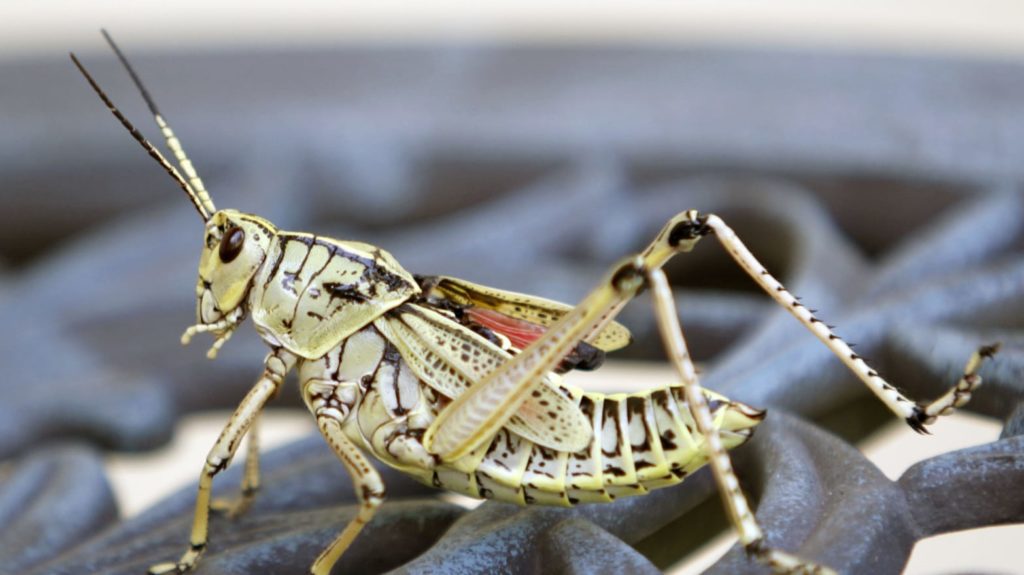January 10, 2020

The Jazmourian Wetland is the sole permanent locust breeding area in Iran and is expected to produce huge numbers of locusts coming there from India and Pakistan, which have done little to kill off the insects, according to Saeed Barkhori, head of the Kerman province agricultural organization.
The Tehran Times quoted him as saying the locust outbreak in Iran this year will be triple last year’s volume.
The Jazmourian Wetland stretches across the border areas of Kerman and Sistan provinces. It was on the verge of dying out until the massive rains of last spring revived it—and made it a better breeding ground for locusts.
Barkhori said the effort to keep locusts under control in the region was defeated by the shortage of budget funds, lack of vehicles and spraying fleet, impassable areas, adverse weather conditions, and few planes.
He said, “What we anticipate is a dangerous situation in locust infestation in the province…. Fighting locusts is beyond our crisis management capacity.”
Mohammad-Reza Sardouei, an official with the provincial agricultural organization, said that last year there was no significant damage to agricultural lands and crops. But that may now change.
Majid Faroukhi, another official with the provincial agricultural organization, said inaccessibility to the breeding grounds of these insects, their high mobility, and the probability that they are pesticide resistant are among the challenges.
This type of locust is not indigenous to Iran and is originally from Africa, Saudi Arabia, India, and Pakistan, he said.
Last year, desert locusts penetrated into the provinces of Bushehr, Fars, Hormozgan, Kerman, Khuzestan, and Sistan va Baluchestan, which resulted in major losses on more than 500,000 hectares farmlands and gardens, far less than had been anticipated.
